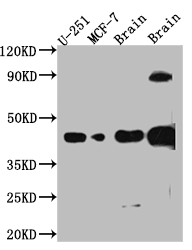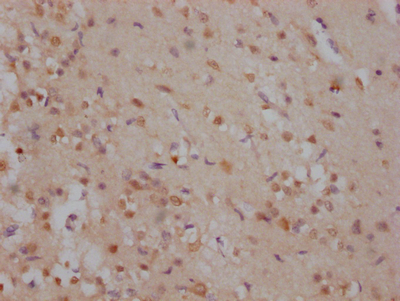The process of producing a SOX2 recombinant monoclonal antibody involves four main steps. First, the gene coding for the SOX2 monoclonal antibody is sequenced. Then, the gene is incorporated into a plasmid vector, which is introduced into a host cell line. Next, the SOX2 recombinant monoclonal antibody is purified from the cell culture supernatant using affinity chromatography. The SOX2 monoclonal antibody is made using a synthesized peptide derived from human SOX2 as the immunogen. The SOX2 recombinant monoclonal antibody is recommended for use in ELISA, WB, and IHC applications to recognize SOX2 protein from human, mouse, and rat samples.
The SOX2 protein is a transcription factor that plays several important roles in cells. It is involved in regulating the expression of genes that are important for self-renewal and pluripotency of stem cells. It is also involved in the development of various tissues and organs during embryonic development, including the brain, eyes, and inner ear. In addition, SOX2 is involved in the maintenance of adult stem cells in tissues such as the skin, lungs, and gastrointestinal tract. Dysregulation of SOX2 expression or function has been implicated in various diseases, including cancer and neurodegenerative disorders.







